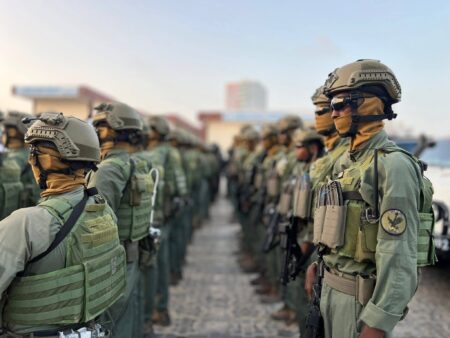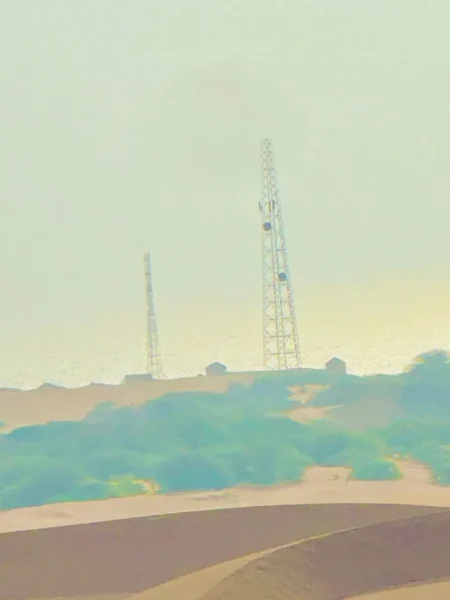Humanitarian Aid in Somalia – A System of Dependency, Corruption, and Forced Displacement
Every year, thousands of Somalis flee drought, hunger, and conflict, seeking refuge in overcrowded camps on the outskirts of major cities. But what remains largely unspoken is this harsh truth: only a fraction of international aid actually reaches those in need. The majority of funds are lost in a web of corruption, mismanagement, and nepotism that runs through both government institutions and humanitarian organizations.
Officially, aid is meant to save lives. In reality, it is creating long-term dependency and weakening Somalia’s internal capacity to recover. Farmers are abandoning their fields, pastoralists are giving up their livestock—hoping instead to receive a sack of rice or a jerrycan of water in the camps. This pattern is crippling local production, draining rural communities, and leading to mass urban displacement into conditions of extreme poverty.
Even more disturbing is the emerging trend of deliberate displacement. In several regions, communities are being systematically pushed out of their homes—often by local power brokers or militias—in order to inflate the number of internally displaced people (IDPs). The goal: attract more humanitarian aid and strengthen control over its distribution. The more IDPs reported, the more funds are allocated—and the more influence corrupt officials gain.
The real beneficiaries of this system are not the displaced, but rather those who control the aid industry: corrupt government officials, powerful clan networks, and even some international NGOs that have grown used to operating in crisis mode. Accountability is rare. Transparency is almost nonexistent.
Without a fundamental shift, Somalia will remain trapped in this vicious cycle. What is needed is a complete overhaul of how humanitarian aid is managed—including strict oversight, a renewed focus on local productivity, and a shift away from dependency towards dignity and self-reliance.




